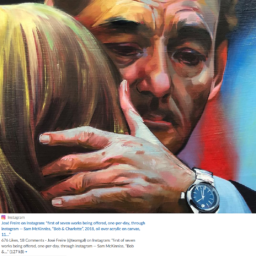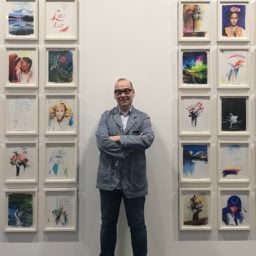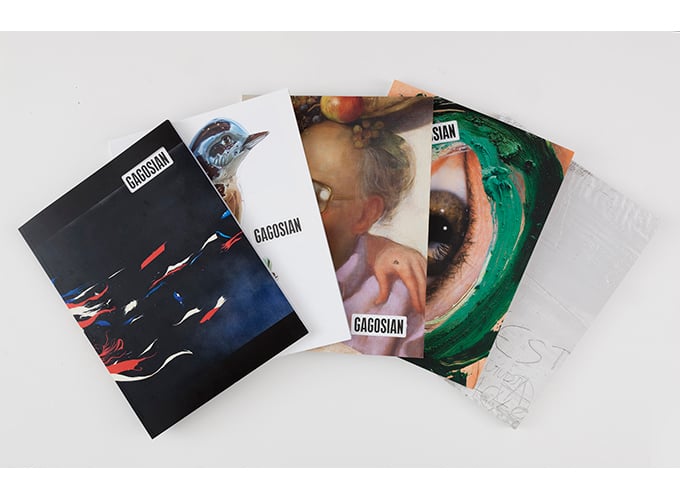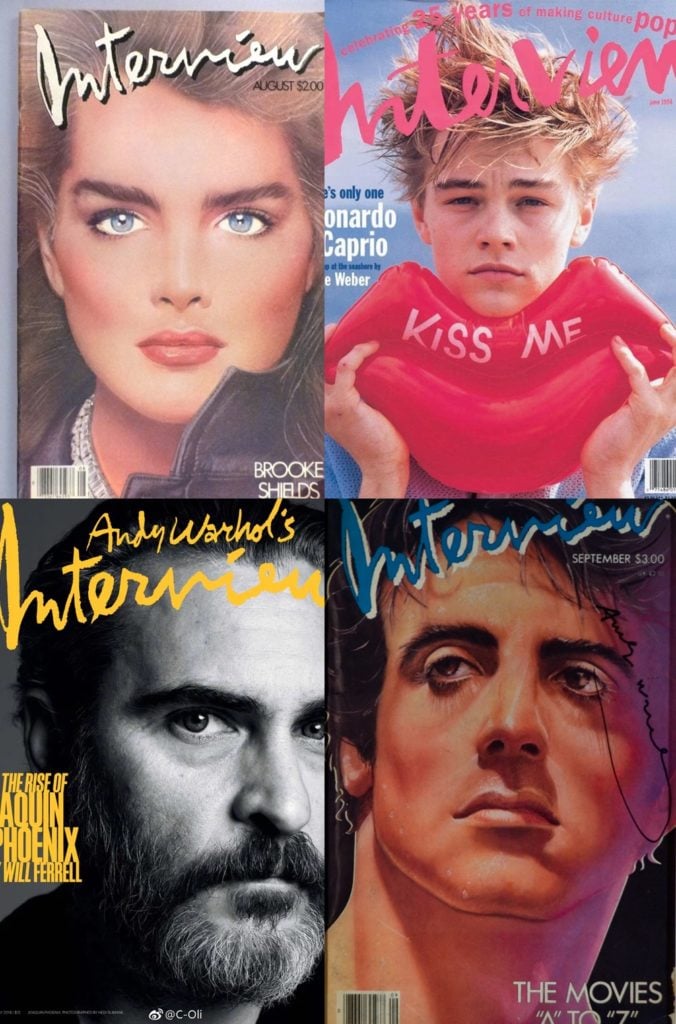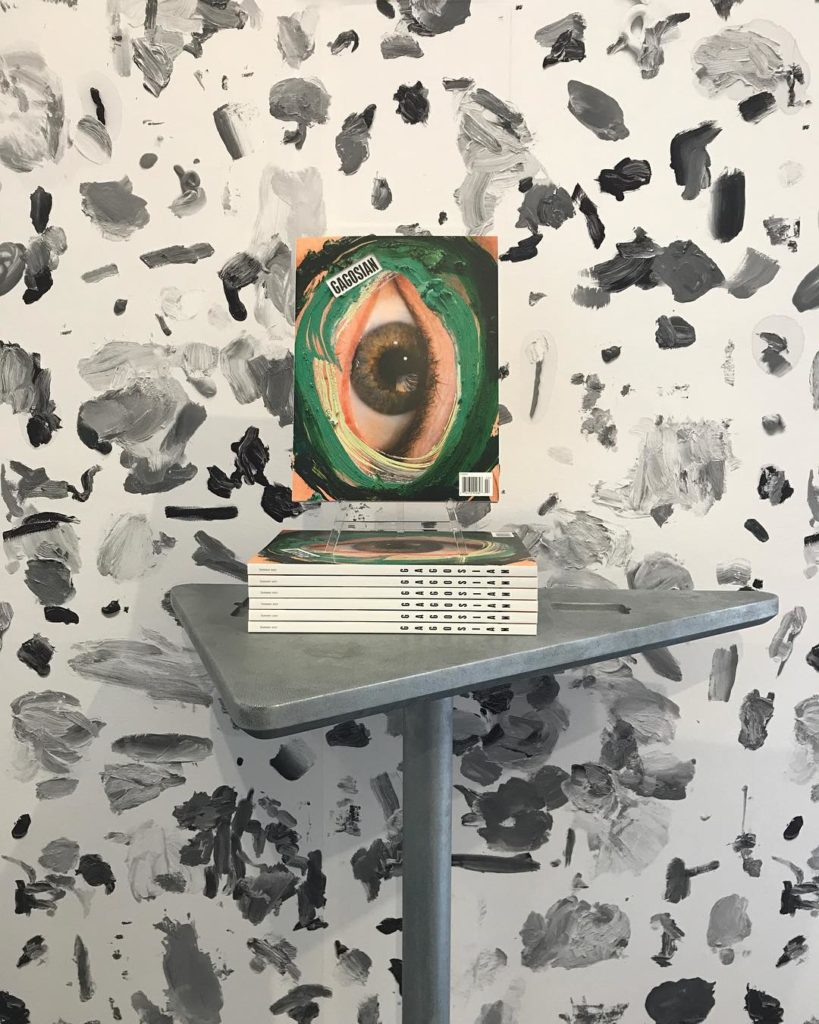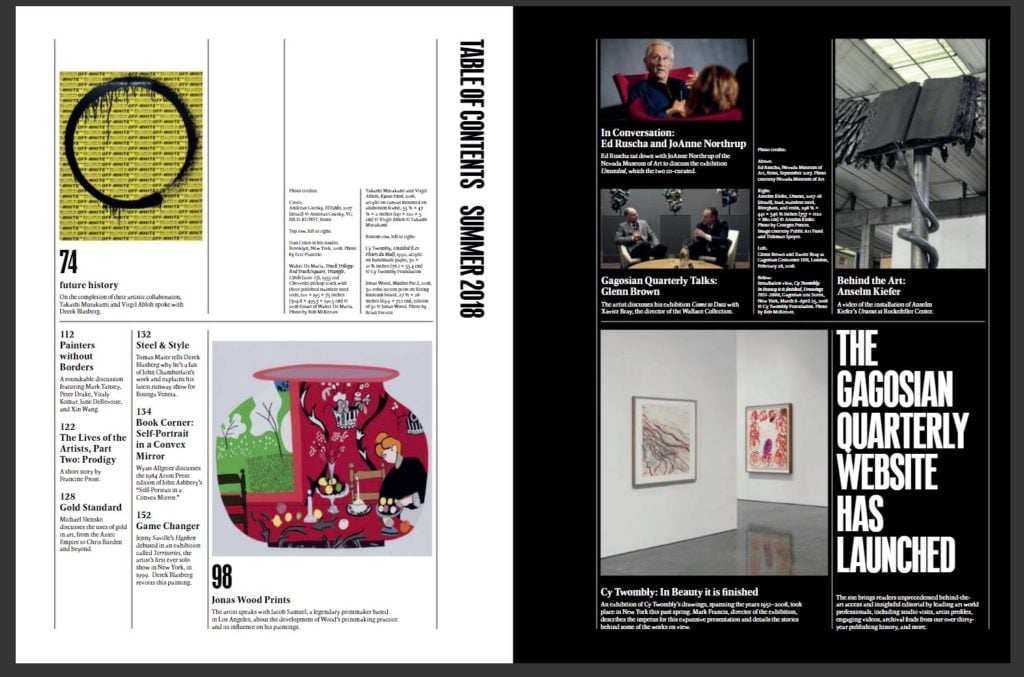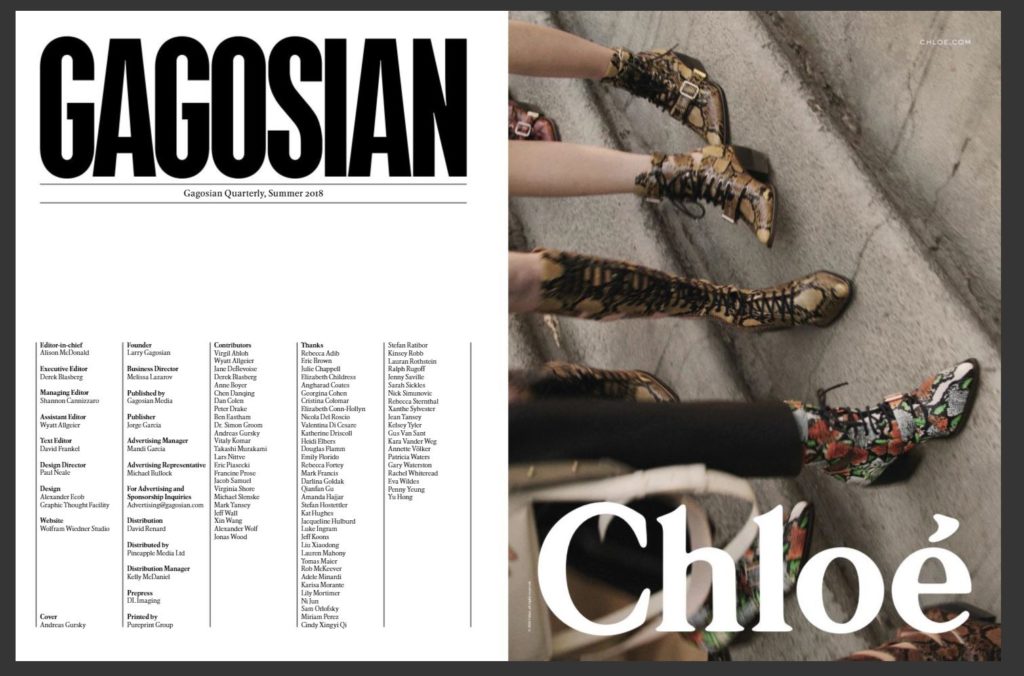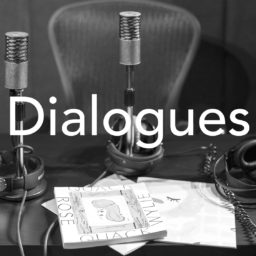
Galleries
‘I’m Not Larry Gagosian—I’m Just a Loser With a Gallery’: Team Gallery’s Jose Freire on the New Zero-Sum Art Market
"We're in the end game," the veteran dealer says.
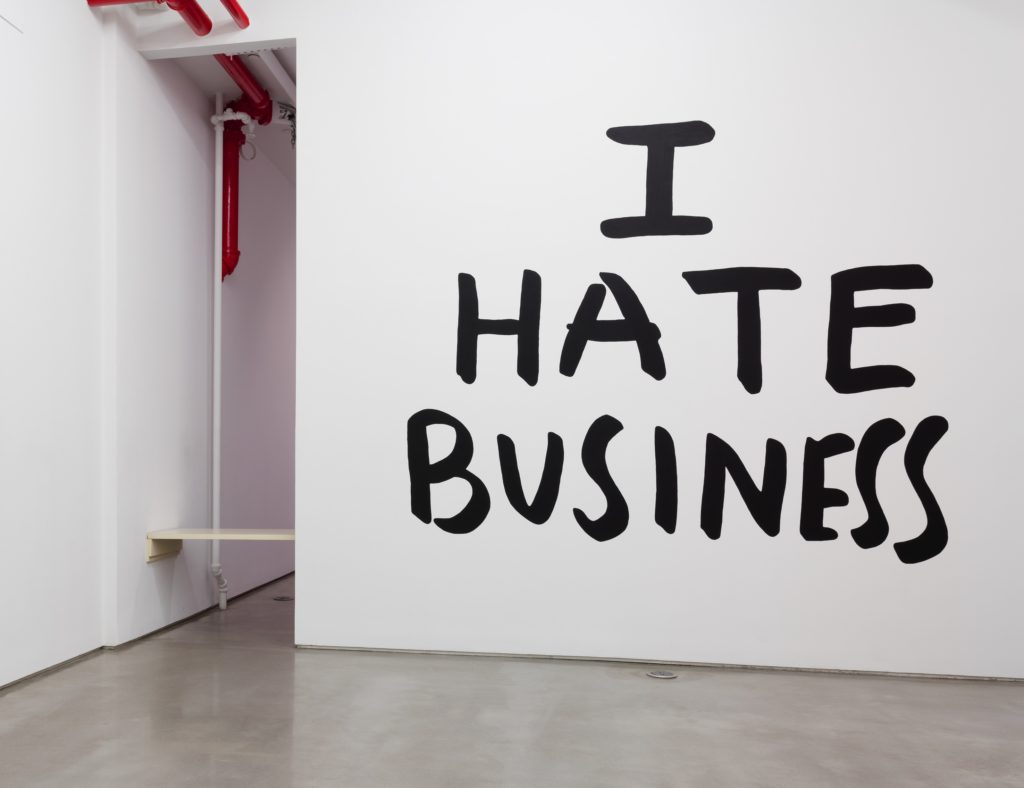
It’s a conundrum: At the same time that art fairs are pricing smaller galleries out of the growing global marketplace, the steady expansion of the biggest galleries—combined with rising rents and the competition for shrinking attention spans—has been squeezing these dealers at home. In such an inimical climate, mid-tier and emerging gallery proprietors are experimenting with new collaborative sales models, with varying success. Passion, and a willingness to fail, are key.
In the second half of a two-part interview with artnet’s Andrew Goldstein, Jose Freire, the resourceful art dealer who has piloted Team Gallery through choppy waters for more than two decades, explains why he thinks the gallery ecosystem as we know it has reached a point of no return.
Read part one: Team Gallery’s Jose Freire on Why He Is Quitting Art Fairs for Good
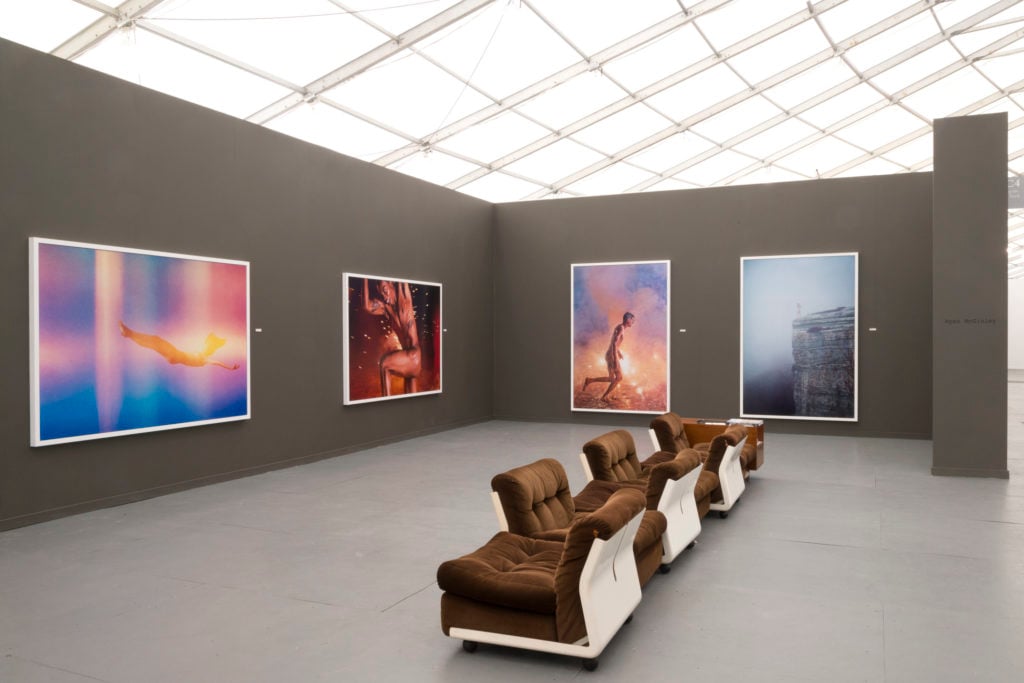
Ryan McGinley’s solo booth at Frieze New York in 2013. Photo courtesy of Team Gallery.
So much has happened in the art market over the 17 years you’ve been doing fairs. Were there any other changes that encouraged you to drop out?
Yes, there has also been another change. For a period of time, it started to feel like we were mounting exhibitions in the gallery merely to have them documented so I could then send the installation shots to selection committees to then be accepted into fairs. It seemed like the exhibition program was becoming less important. To me, that was very sad, because my exhibition program is the most important thing to me. It’s actually not business—it’s something else.
Then, in 2017, we found that we were selling work out of the gallery based on our exhibition program. And this made me very happy. Given that I can operate a gallery in New York City, on a ground floor, in a very comfortably-sized space, for one year for the same amount of money I would spend on, let’s say, two Basels, not doing fairs gives me 365 days to say my piece, as opposed to two weeks. That must be the silver lining.
Because if you look at the competition that you see in the art fairs, I have lost. I’m not Hauser & Wirth, I’m not David Zwirner, I’m not Larry Gagosian—I’m just a loser with a gallery.
At a panel discussion recently, people were talking about this gallery in New York called Alleged, which ran for like 10 years and never made any money. But it was hugely influential. When I think about things that I saw there, like Bjarne Melgaard’s incredible first solo show in New York, that, to me, is important. The fact that another gallery might turn itself into the greatest possible business doesn’t speak to me. I own a gallery, but I don’t think of myself as a businessman.
If you were to create the ultimate business, what would you do?
I don’t have to do it. David Zwirner has already done it.
Are there any ways that you could imagine making art fairs work for you, even if you aren’t willing to try it?
I have peers, for example, who do a lot of mid-range fairs, though I don’t want to name the mid-range fairs because I feel they may be insulted if I name them that way—but you know exactly what I’m talking about. And these galleries go there and do good business, and the reason they do good business is because they’re not competing with the giants. I think it’s possible for people to do that, and enjoy it. Maybe they go to a city in Italy, they do a fair, they eat really well—and they have a captive audience. But I feel like if you’ve done the bigger international fairs, your choice is only to continue or to stop. There’s no middle ground.
For example, I make no money in Miami anymore and I’ve probably never made money in Basel, and I feel like I haven’t met a new person in Basel in at least 10 years. But I do meet new people in Hong Kong—I go there and it’s very exciting for me. And unlike Miami or Basel, Hong Kong is a great big city with thriving economics and lots of choice, so if you get a hotel there you pay a fair price for it. But, in any case, I’m done. I feel like you have to be all-in or nothing—that’s just me.
It seems that there is a spreading sense of dissatisfaction with art fairs, which might be a cause for worry considering how much revenue is on the line at these events.
I think that collectors are suffering from fatigue, too, and if they don’t want to go to 12 art fairs in a year—if they want to go to six, or maybe they only want to go to two—what happens to all of that revenue? I remember casually asking one collector, “Did you go to Basel this year?” The person said, “Oh no, this year we chose not to go”—because now people will choose not to go to all sorts of art fairs. And I said, “Can you imagine the 12 gallerists who were waiting to make a sale to you!” Which may have included me, incidentally.
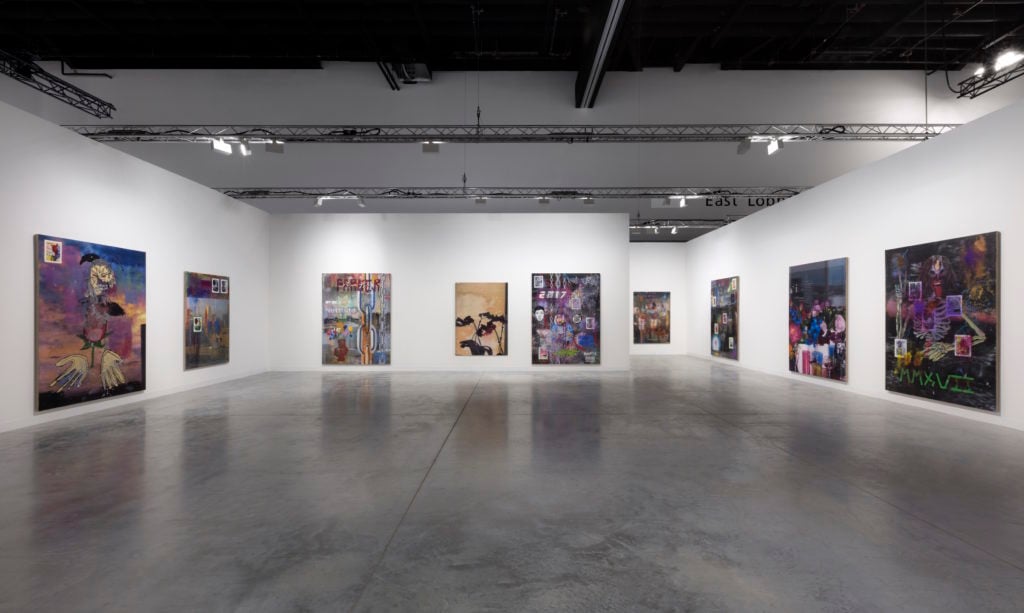
Parker Ito’s solo booth at Art Basel Miami Beach in 2017. Photo courtesy of Team Gallery.
You hear a lot about fair fatigue these days, with the same collectors going to the same fairs to see mostly the same galleries, oftentimes showing work by the same artists. The art-fair marketplace simply provides higher incentives for selling people things they already know, in formats they are familiar with, than for showing something fresh and unproven.
Does that bore you?
As someone who goes to a lot of art fairs, they definitely do start to blur together a bit.
Do you think that it doesn’t bore other people?
Meanwhile, people are going to galleries less and less, so they’re more dependent on art fairs to see new things. Then, when they go to art fairs, they mostly see things they already know. Doesn’t that drain the discourse, in a sense?
I mean, where are you supposed to see new art? Our definition of new art has become tied up with the idea of risk—that the artist takes a risk, and then the gallery takes a risk to show the artist. So when I go to a fair, no one is risking anything.
Over the years, I’ve given a lot of artists their first one-person shows, and that includes artists who became market darlings and don’t show with me anymore. I’ve also been influential in the market of some older artists whom I worked with when it was a risk, and who don’t work with me now that it’s no longer a risk.
I think the very big galleries need a gallery like me to find the artists, take the risks, and then take it across. Because there is something untainted, something pure, in a gallery like mine trying to launch a new artist, whereas a bigger gallery merely acquires an artist whose market has already been made—after their first shows have happened, the collectors have bought, the critics have written about it, and the curators have started to incorporate it into curatorial practice. So they acquire them risk-free.
Should mega-galleries help support smaller galleries like Team for what they do, somehow?
You know, one hears rumors that there are some relationships like that between larger galleries and smaller ones. And whenever I hear these rumors, I think to myself, “I’d need to see the cancelled checks”—because I just don’t believe it. But, at the end of the day, the artists are the people who make art history. Do you think they’re influenced by giant corporations? That they say, “Pace Gallery really inspired my work”? Hardly. So in order for real work to get made, the real work that’s going to show in museums 300 years down the line, somebody has to… make the mess.
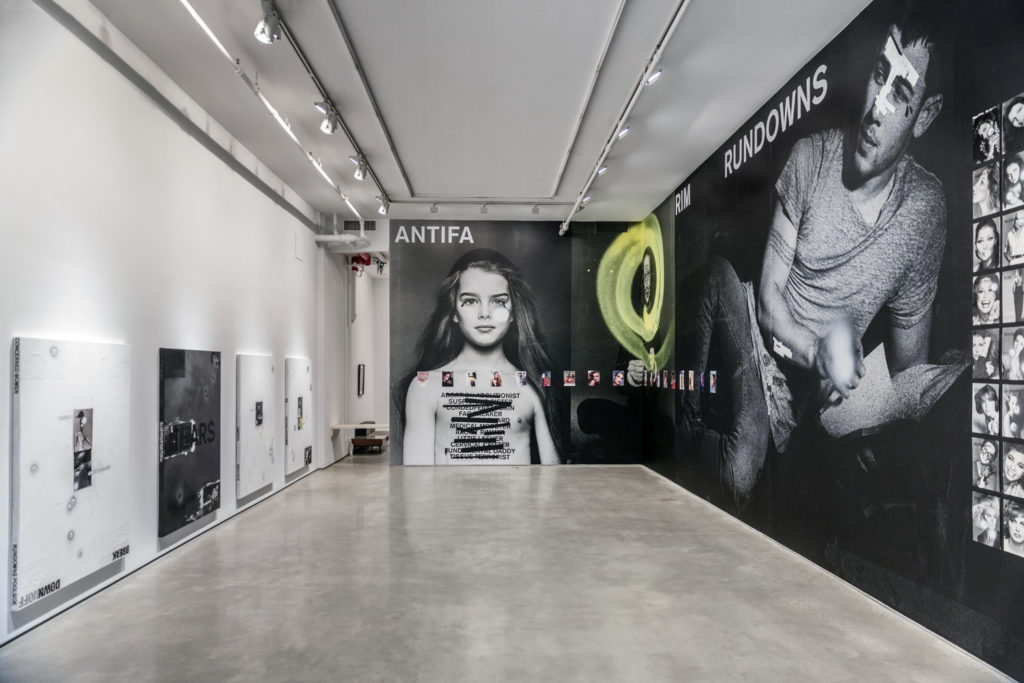
Mark Verabioff’s “TEARS” show at Team Gallery’s Grand Street space in New York in 2018. Photo courtesy of Team Gallery.
Are digital platforms helping your business be more efficient? For instance, are you selling work through Instagram?
One hundred percent. But that doesn’t mean that I post a picture on my Instagram account and I sell it—if I post a picture on my Instagram account and someone DMs me to buy it, they get no fucking answer from me. Because I do not sell art that way.
However, part of the story that we are telling, we tell digitally. The PDFs that we put together and send to curators and collectors might be interesting enough to make them come physically into the space, look at an object, and buy it. But the digital is still absolutely making that sale.
We’re not an add-to-cart kind of gallery, though, because we’re obnoxious. We ask people questions: “What kind of work do you collect? Why are you interested in this artist? What brought you to us? What other galleries are you interested in?” I think add-to-cart removes that vetting of collectors—and fairs compromise the vetting of collectors. We are in a world where these art-fair deadlines force artists to produce work that’s not their best work, and then the gallery sells it to someone who’s not the best collector, because they have to meet their quota.
How much do you sell from in-person visits to the gallery?
At this point? Quite a lot.
How is your foot traffic in the gallery trending?
Our foot traffic is bizarre. Remember, I had a ground-floor space in Chelsea, but then I thought I was getting too much traffic, so I moved to SoHo. I did it because I wanted to spend more time, personally, with the people who did visit the gallery. I didn’t feel comfortable with what this fast-traffic, fast-purchase cycle was going to do to my program. I don’t have a gallery that’s good for people who just walk in off the street and walk out. I need to explain work to people, I need to position it historically, I need to get people to read press releases. It’s very important to me that people read press releases, and that people fold their press releases in front of me and save them, and that they know: “Jose wants me to read the press release.”
So you’re happiest as a sort of spider in a web, creating a set of situations that brings people to where you’re comfortable with sealing the deal.
And our openings are still really well attended. Collectors almost never come to our openings. In fact, if you come to one of our openings at Team Gallery, you’re unlikely to see a single art collector. It’s all art students and young artists. And I look at that, and I think, “Oh, I still have a good gallery.”
I’m curious—when it comes to the digital missives that you send out to your audience, how important is press coverage at this point?
Everyone knows the press and its impact on art sales has changed dramatically over the years that I’ve been in the art world. If you’d put me back 34 years to the front desk at Phyllis Kind Gallery, it was vital that I was able to notice: that’s Grace Glueck from the New York Times and I need to talk to her about this work. That continued through to the point when Jerry Saltz might review half the shows in a given season at Zach Feuer and you actually felt that critics were helping to drive the market. Now, there is such a scant number of art reviews in the New York Times. There are a number of people who write about contemporary art in a very thorough manner, but they do so on their own websites because their reviews in the major publications are just capsules. You know, the idea that the listicle is the only thing that people read—it’s not that far from the truth.
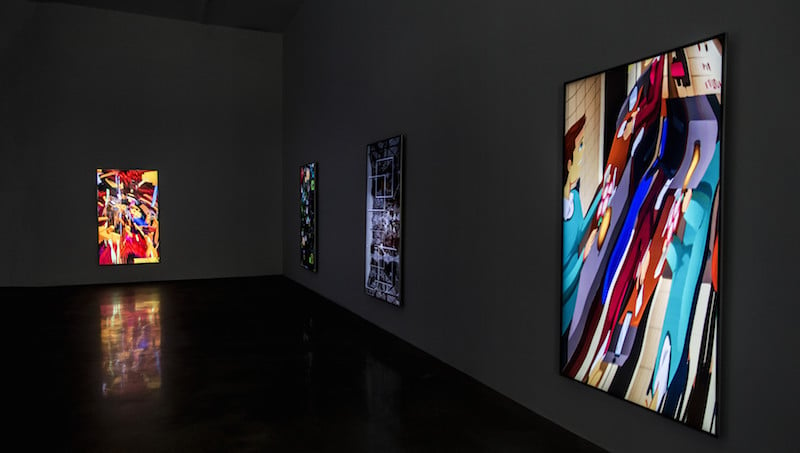
Tabor Robak’s “Quantaspectra” show at Team Gallery in New York in 2017. Photo courtesy of Team Gallery
It seems nowadays that successful things will get written about, rather than unknown things getting written up and then becoming successful. On another note, what do you make of the Condo collaborative gallery-sharing model?
I think it’s very interesting. Because we used to do that. We once had a season here at Team when we did three shows in collaboration with other New York galleries—Gladstone, Mary Boone, and Rivington Arms.
Also, back then, when we would show an artist for the first time, the first thing we’d do is get that artist into other galleries. It wasn’t unusual for us to launch an artist who would then have seven other galleries in 18 months. Now if we launch an artist, we don’t give them to other galleries, because I’ve been doing it long enough to know that the other galleries aren’t going to save me or the artist. They’re more than likely going to make a mess of it—I’ve experienced enough of that.
Condo may work well, but only if there’s really a disparity between the galleries that are collaborating. So if Metro Pictures hosts a young, unknown gallery from Shanghai, they’re bringing a lot to that gallery, because they’re raising their access a great deal, and Metro looks like they still care about art—that they’re engaged. But it wouldn’t benefit somebody like me.
Since we started this conversation talking about fairs, are there any changes an art fair could make to benefit someone like you, and make your life easier?
No, I don’t think so.
I once had coffee with a gallerist, and it turned out the thing that enraged this person the most was the fact that, when they participate in fairs, they paid the same price per square meter as David Zwirner—as though there could be a solution where David Zwirner paid 10 times more than other galleries. That is not a possible solution, because it’s not the way it works. It’s zero-sum, and we’re in the end game. Because if money is a corrupting influence, it can’t possibly corrupt the art world any more than it already has.
There is not going to be a fifth [mega-]gallery. I say there are three, some people claim there are four and try to stick Pace in there. But it’s David Zwirner, Gagosian, and Hauser & Wirth—it’s three galleries in the whole world. And everyone else is not them. That disparity, that gap, will not diminish over time. It seems to me that it will only grow.
Read part one: Team Gallery’s Jose Freire on Why He Is Quitting Art Fairs for Good
Follow artnet News on Facebook:
Want to stay ahead of the art world? Subscribe to our newsletter to get the breaking news, eye-opening interviews, and incisive critical takes that drive the conversation forward.
SHARE
Article topics


